Primary Image

Photo Credit
John Callcott Horsley, 1843
Discover the first Christmas card, stamp, tree, Santa Claus, and more festive “firsts” that shaped the holiday we know today.
More Like This
Hessian soldiers were German mercenaries who fought along with the British in 1776.
I am not sure if I can share a photo but I have a pretty official looking one from from The President and Mrs Roosevelt from 1935 (pre Eisenhower!)
Reading through all of these comments revived so much of what Christmas means to me, so thank you OFA and all of it's readers who shared. I was at the cemetery where my youngest son is buried and arranging a small Christmas tree for his grave when some people came to do the same at a loved one's grave. They said they use all natural elements to make the arrangements, fir, pine, cotton, leaves, nuts, etc. It was simply beautiful just even knowing they had taken time and used their creativity to do so. Integrating our earth's resources into our Christmas celebrations, large or small, is a privilege we all should take advantage of. Making Christmas gifts of baked goods and candy or a simple homemade ornament goes a lot further in understanding the meaning of Christmas compared to purchased lavish material items seen on television. I believe you will find many, many people, of all ages, who cannot recall most of their gifts from one year to the next, but a special moment of an interchange with a friend, family member or perhaps a stranger about Christmas, they will remember. It's all about relationship and simple is better than complexity.
Oh, and as for those at the cemetery visitors, they sung Christmas carols at the graveside of their loved one, while I and possibly others, cried in joy for God's blessings we have and for the special moment of "feeling" what Christmas is truly all about.
Mr. Bell, your comments about Christmas are so heartfelt and resonate with me. The commercialism of everything has taken all our celebrations in life and appeal to the eyes and greed. So sad when most of our personal and family celebrations used to be about sharing the memories we were making in our lives. Now it's all about what can I get out of it. How I would trade every store bought gift just to spend a few moments with my Mom and Dad again, or family and friends now lost either through death or separation for whatever reason.
That was a wonderful entry. Thank you for making my morning. It brought a happy tear to the eye...
One thing I miss about Christmas' of old, is that we made our gifts for everyone. I still make gifts for Christmas and birthdays. Each gift is made with the recipient in mind. It's so much fun to shop at yard sales and other places, find something and refurbish and repurpose.
Thanks to all who make time to reply to my first post at Old Farmer's Almanac.
Family jokingly refers to OFA as my mothers' "second Bible" !
Happy 2014 to all members, readers & contributors to OFA.
Merry Holidays to All,
Does anyone enjoy celebrating Epiphany? (January 6th )?
Can the writers at Old Farmers Almanac or any OFA readers provide or share more info to the public any info re: Epiphany?
Having lived all over the USA over decades, I've been priveleged to witness and share in Christmas traditions all different by regions, any care to share Christmas traditions from your areas?
Wishing the True Spirit of Christmas continues in your homes and hearts thoughout the New Year and forever.
Though times are rough for so many, I live by the old saying "'Tis better to give than receive". I believe it helps us all remember the true reason for the season, and for those going through rough times in their lives. We all go through trials in our lives. Knowing others care enough to give their prayers, thoughts, good deeds, time, food, gently used clothing, etc. can help not only the recipients, but the givers as well. My firm belief.
May God Bless us All in 2014 and beyond.
According to the New Testament's Gospels, on this date the Magi, the three wise men or kings, venerated and brought gifts to the infant Jesus. The word epiphany is not specific to Christianity, as Zeus's alias, "Epiphanes," can attest. It comes from the Greek epiphaneia, meaning "manifestation." In many countries, Three Kings Day is a traditional time of gift giving--and there is a tradition of baking a King Cake with a lucky bean inside! Whoever finds the bean is the king of the feast.
Dear Ms. Robinson,
Christmas is celebrated for 12 days (Dec 25 - Jan 5th, Twelfth Night) culminating on Jan 6th, Epiphany. This is the celebration of the arrival of the Wisemen at Christ's birthplace. These three are considered to be the first gentiles that recognized Christ as the savior. The Epiphany. Some countries exchange Christmas gifts on Jan 6th commemorating the gifts brought to the Child by the Wisemen. Hope you find this interesting.
Merry Christmas!
- « Previous
- 1
- 2
- …
- 10
- Next »

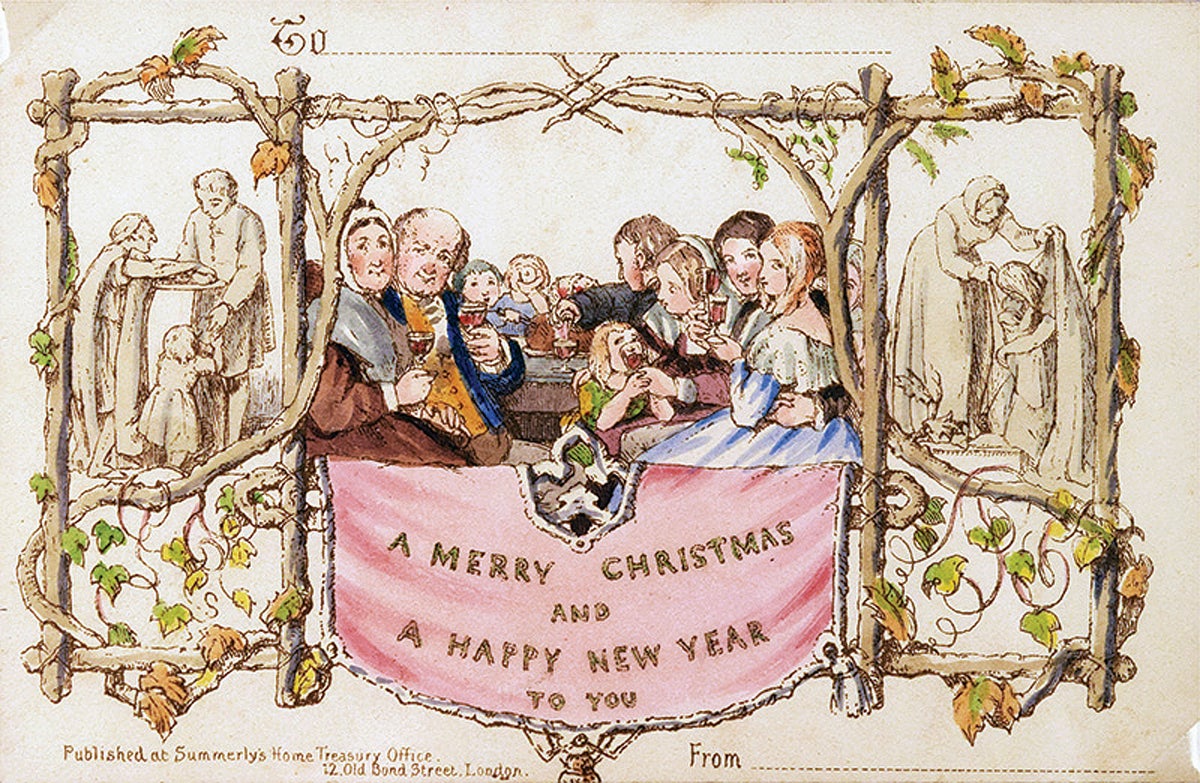
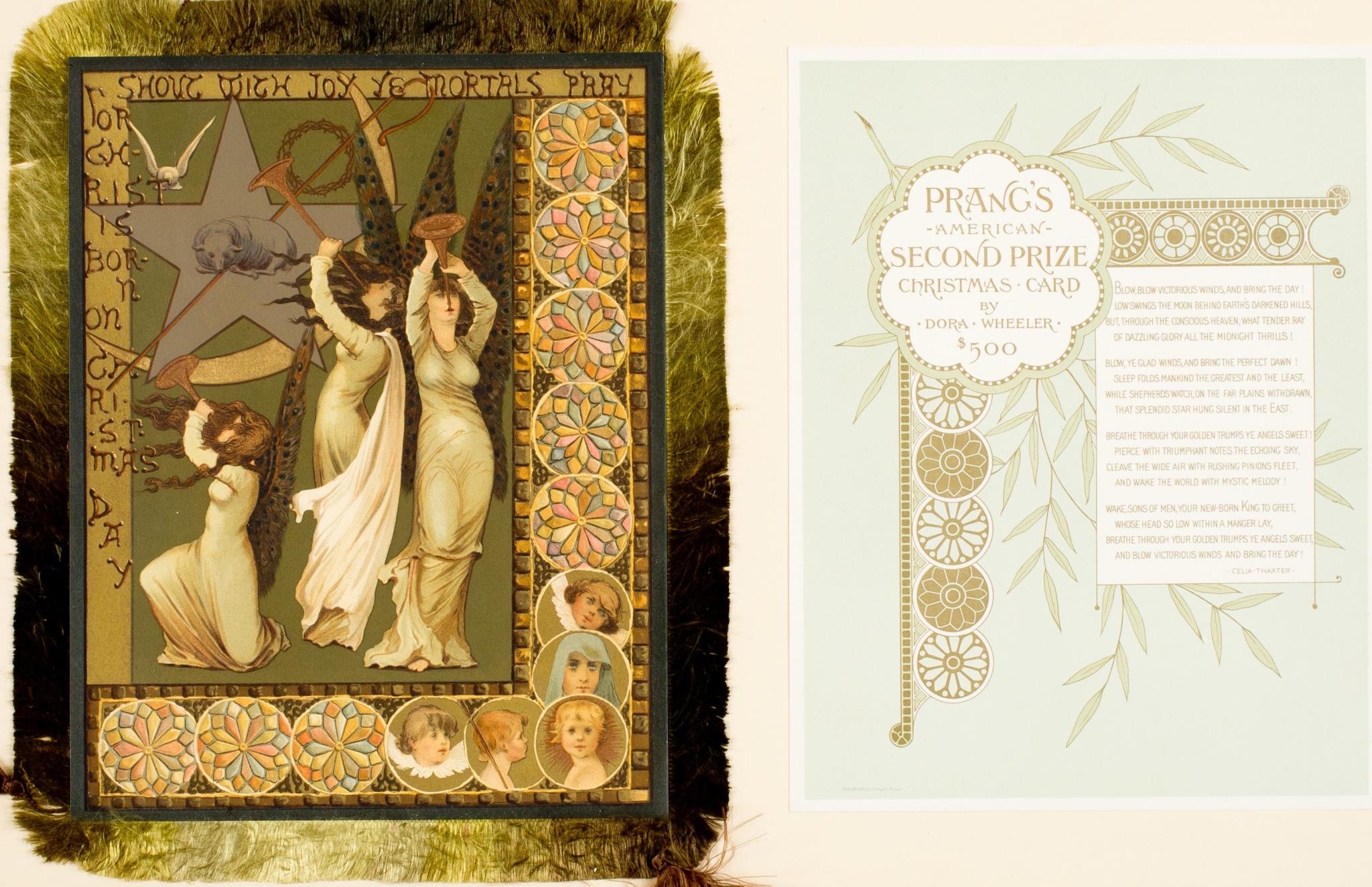
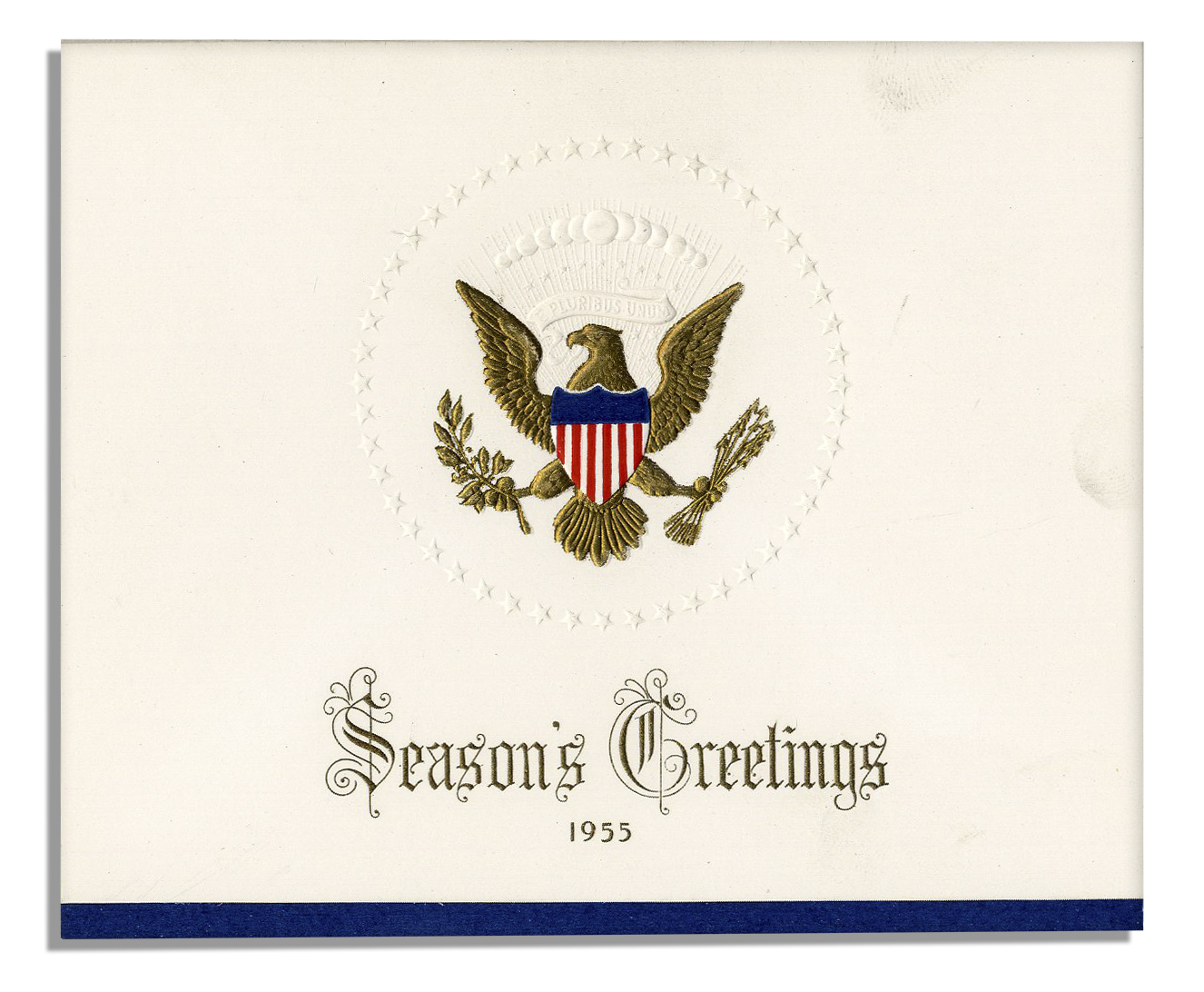
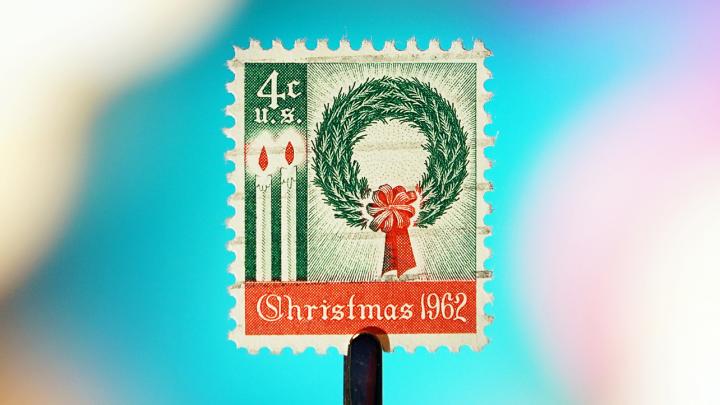
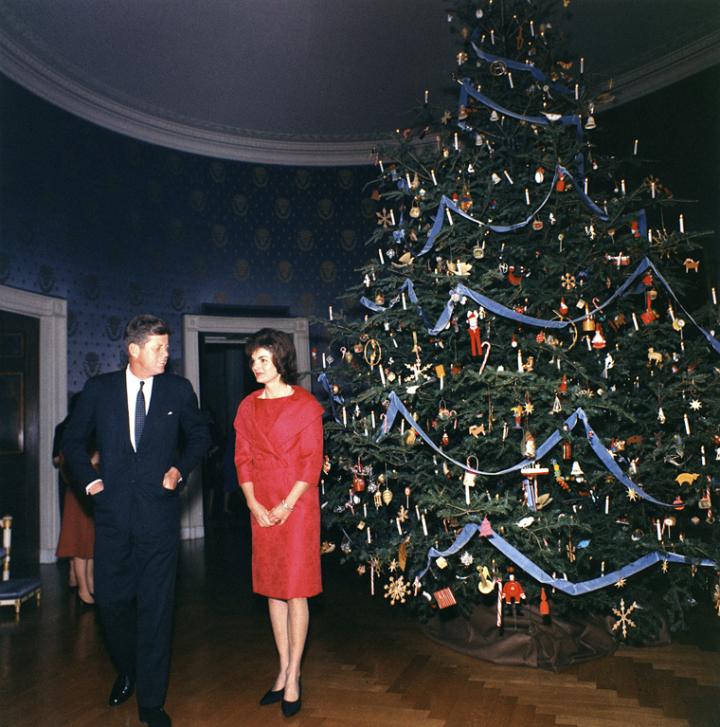
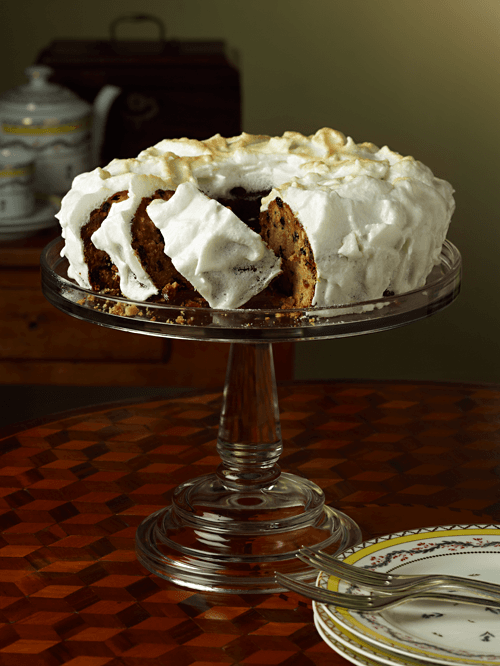 Photo: See the excellent Mount Vernon book,
Photo: See the excellent Mount Vernon book, 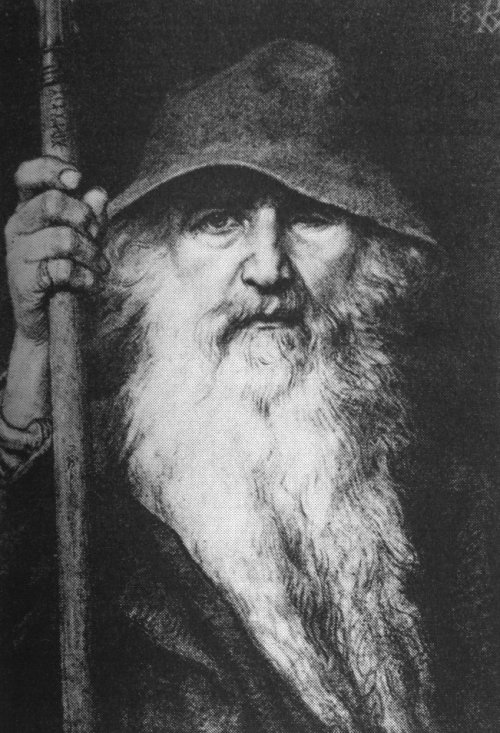
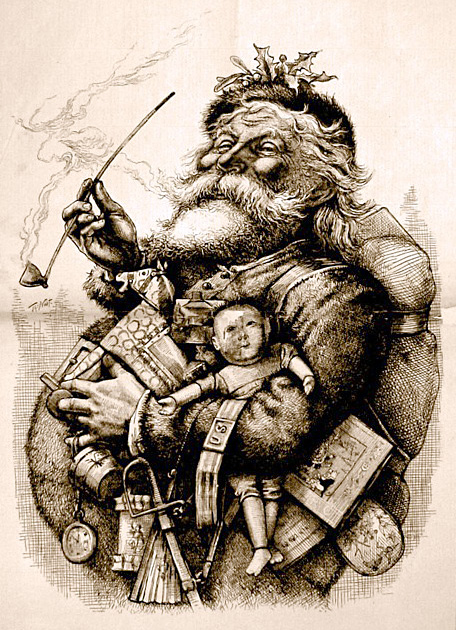
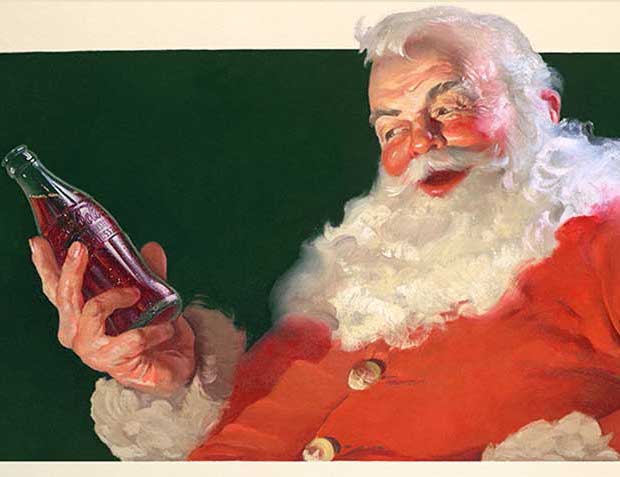
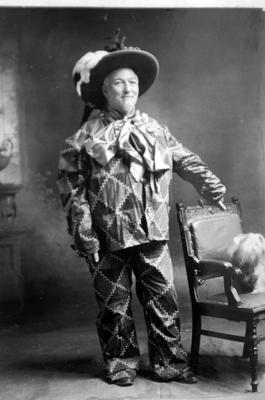
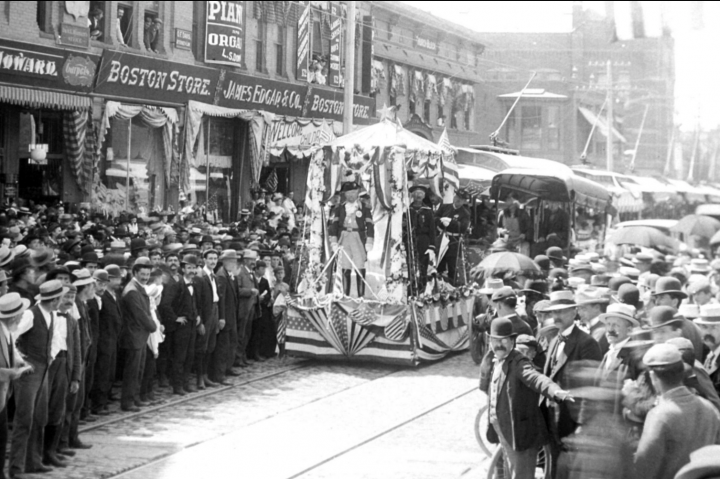









Comments